-
Most of the president’s claims were accurate, including the number of houses built by the government between 1994 and 2019, how many people today have access to water and improved sanitation, and an improvement in the number of bachelor passes in no-fee schools.
-
However, his claims about the number of university students helped by the government’s financial aid scheme were either understated or unproven, and he was wrong about how many South Africans accessed clean drinking water in 1994.
-
Like our previous report on claims made at the launch of the ANC’s manifesto review, some of the numbers shared tended to over-inflate the progress made under the party’s rule.
As South Africa moves towards national elections in 2024, the ruling African National Congress (ANC) is asking the public to take a hard look at its record.
The party will be touring the country in September and October 2023, trying to convince voters that it has made progress in key areas such as the economy, social change and corruption. The process is being tagged as the “#2019ANCElectionManifestoReview” on social media.
At the launch of the review in Gauteng province on 4 September, president Cyril Ramaphosa made several claims, some of which we fact-checked in our first report here.
We found that he inflated the number of South Africans on social grants in the present and understated the number who received grants in 1994, giving the impression that the increase was greater than it was.
Similarly, we found no evidence that only 36% of South Africans had access to electricity in 1994 – the figures suggest it was closer to 53% – making 92% connected in 2023 less of an achievement.
In this second report, we highlight other claims that hit or missed the mark.
This claim appears in the published transcript of Ramaphosa’s speech.
The Department of Human Settlements (DHS) is responsible for building government-funded housing. But it does not keep a record of new houses built since 1994, instead providing each year’s progress in annual reports.
However, in 2019 the department gave Africa Check a count of new housing built since 1994. This showed that a total of 3,263,331 new housing units had been built by December 2018.
Ramaphosa’s claim that 3.2 million new houses were built between 1994 and 2019 is therefore correct. But what has happened since?
In the live version of his speech, speaking in Sotho, Ramaphosa said that since 1994 “government has built more than 3.5 million houses”. This would mean that an additional 300,000 houses were built between 2019 and September 2023.
Here’s where things get a little unclear.
The tally provided to Africa Check in 2019 included totals for each financial year (a period from April of one year to March of the next), and for houses already built by December 2018 (58,394). The tally did not include the number of houses built in the remainder of the 2018/19 financial year.
We could start with the total up to the start of 2018/19 – 3,204,937 – and add the numbers published in each DHS annual report thereafter.
But the 2018/19 annual report did not include a figure for the number of houses built that year. It only said that “9 provinces were supported in implementing the subsidy housing programme”.
According to the following year’s report, 58,721 housing units were completed in 2019/20.
Adding 45,551 houses built in 2020/21 and 28,351 in 2021/22 to this gives a total of 3,395,954 houses built since 1994.
This includes houses built between April and December 2018, but the actual total for the 2018/19 financial year is unknown.
This total falls short of the 3.5 million claimed by Ramaphosa. It is possible that unpublished data matches this figure. The DHS 2022/23 annual report has also not yet been published. Without this information, we rate the claim unproven.
Adding to the list of improvements in living conditions, Ramaphosa’s published transcript includes the claim that in “1994, only 6 out of 10 South Africans had access to clean drinking water”.
Statistics South Africa, or Stats SA, the country’s data agency, has some data on access to water in the 1990s. For example, the 1995 October Household Survey found that 78.5% of households had access to clean water. This refers to piped water inside the dwelling or on the property, or from a communal tap or tank.
According to the survey, 10% of households accessed water from boreholes and rainwater tanks, while 11.4% obtained water from rivers, streams and dams.
But Stats SA said that the survey had several limitations.
The 1996 census found that 81% of households had access to piped water.
A smaller nationally representative survey, conducted by the Southern Africa Labour Development Research Unit in late 1993 and early 1994, found that 76.4% of households had access to piped water. Almost 100% of white, coloured and Indian households had access, but only 67% of (black) African households.
Prof Ingrid Woolard, dean of the faculty of economic and management sciences at Stellenbosch University, previously told Africa Check that the survey was “fairly reliable, but small – less than 9,000 households – so there will be some margin of error”.
All data sources point to more than 60% of South Africans having access to water in 1994.
Stats SA’s most recent general household survey (GHS), published in August 2023, found that an estimated 46.6% of households had access to piped water in their dwellings in 2022, 28.3% accessed water on site or in a yard, while 12.5% relied on communal taps and 1.7% relied on neighbours’ taps.
The total was 89.1%.
“Although generally households’ access to water improved, 3% of households still had to fetch water from rivers, streams, stagnant water pools, dams, wells and springs in 2022,” Stats SA noted.
While Ramaphosa’s claim is correct, Niël Roux, director of service delivery statistics at Stats SA, has previously cautioned against comparing data from the 1990s with more recent figures.
For example, “whereas access to water is asked in one question in the GHS, two questions are used in the census”, he said.
The GHS asks about the main source of drinking water in the household. The census asks about access to piped water and the main source of water for household use.
According to Stats SA, improved sanitation refers to “flush toilets connected to a public sewerage system or a septic tank, or a pit toilet with a ventilation pipe”.
The data agency’s latest GHS shows that in 2022, 83.2% of South Africans had access to “improved sanitation”. This was eight out of 10 people, as Ramaphosa said.
The Western Cape province recorded the highest level of access, at 95.9%, followed by Gauteng at 90.5% and the Eastern Cape at 90%. The lowest levels of access were recorded in Limpopo (63.1%) and Mpumalanga (63.8%).
Ramaphosa was also correct that two out of three South Africans had access to flush toilets. In percentage terms, the figure was 65.8% in 2022.
According to the latest GHS from Stats SA, about 51.6 million people were not covered by private medical aid in 2022. Around 9.7 million were covered.
As Africa Check has previously reported, this doesn’t necessarily represent a clear divide between people who have access to private healthcare and those who don’t. Many people use both.
The 2022 GHS also asked households which type of healthcare facility they would first consult if a family member fell ill or was injured. Overall, “73% of households said that they would first go to public clinics, hospitals or other public institutions, while 25.5% of households said that they would first consult a private doctor, private clinic or hospital”.
This suggests that many people without private medical coverage still primarily use private healthcare services.
And those who do use public health services do not necessarily receive adequate care. Public health services in South Africa often face challenges such as understaffing and underfunding.
“No-fee” schools are public schools that do not collect school fees. The fee-paying status of schools is “based on the economic level of the community around the school”, according to the Department of Basic Education (DBE).
A bachelor’s pass is the minimum grade 12 qualification required to apply for a university degree. Grade 12 is the final year of high school in South Africa.
The DBE referred Africa Check to their annual reports for grade 12 examinations results, including statistics on pass levels.
The 2019 report showed that out of a total of 186,058 bachelor’s passes in that year, 96,976 came from learners at “no-fee” schools. This is 52.1% of the total proportion of bachelor’s passes.
At the time of publishing, we had not received a response to questions about the figures not totalling 55%, although this was the percentage given previously by the basic education minister.
The 2022 DBE report broke down bachelor’s passes into those from learners at fee-paying, no-fee and independent schools.
Of a total of 278,814 bachelor’s passes, 93,899 (or 33.7%) came from fee-paying schools, 169,903 (or 64%) came from no-fee schools and 15,012 (or 5.4%) came from independent schools.
While Ramaphosa claimed in his speech that the number of students funded by Nsfas in 2018 was 480,000, the published transcript put the number at 580,000. Africa Check contacted the ANC for clarification but did not receive a response.
Nsfas is a government scheme established to provide financial assistance to students who cannot afford to study at technical vocational education and training (Tvet) colleges and public universities.
According to their 2018 annual report, the scheme funded 247,769 students from Tvet colleges and 393,781 students from universities. This makes a total of 641,550 students.
Ramaphosa missed the opportunity to claim a greater achievement.
The ANC’s Febe Potgieter directed us to the Department of Higher Education and Training’s (DHET) 2022/23 annual performance plan as the source of the data for this claim. But according to the DHET, the source for their funding statistics was in turn Nsfas.
The DHET also explained that their reporting showed data “for the academic year preceding the financial year under review”. The DHET’s data for “2021/22” therefore refers to the 2020 academic year and not the 2021 academic year.
Nsfas missed the September 2022 deadline to submit its 2021/22 annual report, which would include data on 2021 funding. At the time of publishing, the report was still not available on their website.
In a 2021 funding status report, Nsfas said that it had distributed funds to 623,386 students as of 23 June 2021.
Africa Check contacted Nsfas for clarification. Without a response, we rate the claim as unproven.
The Covid-19 temporary employment relief scheme (better known as Covid-19 Ters or just “Ters”) was introduced in March 2020 to subsidise the wages of people whose employment was threatened by the pandemic. It has since been extended several times, the last time until July 2021.
Covid-19 Ters was implemented through the existing unemployment insurance fund (UIF) which provides similar support in other situations where employment is threatened.
Ramaphosa’s figures are in line with information published by labour minister Thulas Nxesi in April 2022. In a press release, Nxesi said R64 billion had been paid to 5.7 million workers.
However, some people were paid in error. In a 2020 report, the auditor general of South Africa (Agsa) found that there were several “control weaknesses” in the administration of the payments. The Agsa identified payments to people already receiving other forms of financial support, to employees of the UIF, and to people not eligible to receive Ters (for example, because they had died).
According to Nxesi, the labour department has worked with banks and other government departments to validate at least 5 million identity numbers to avoid fraudulent payments.


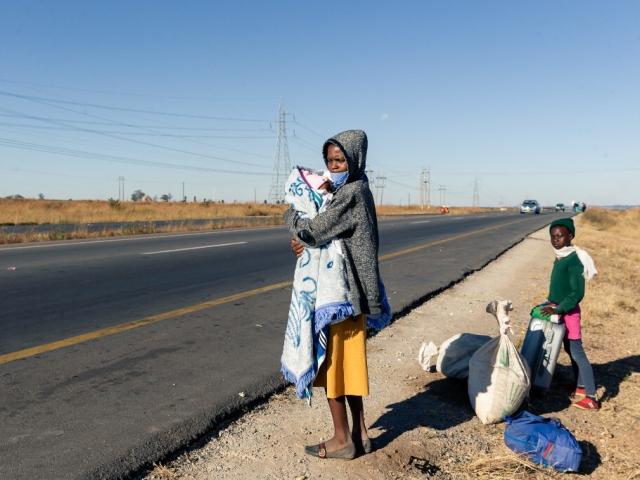

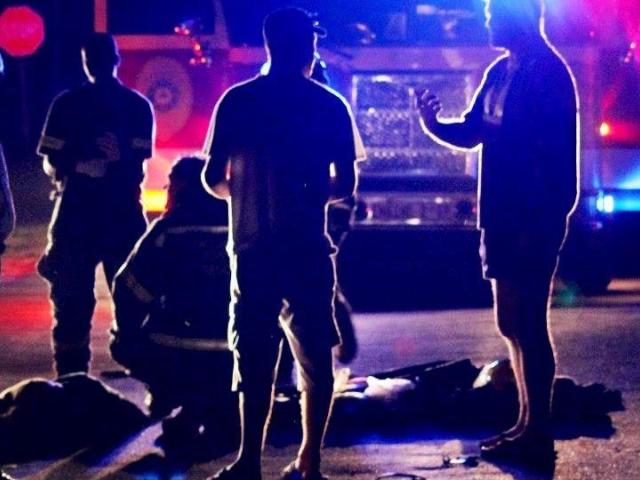
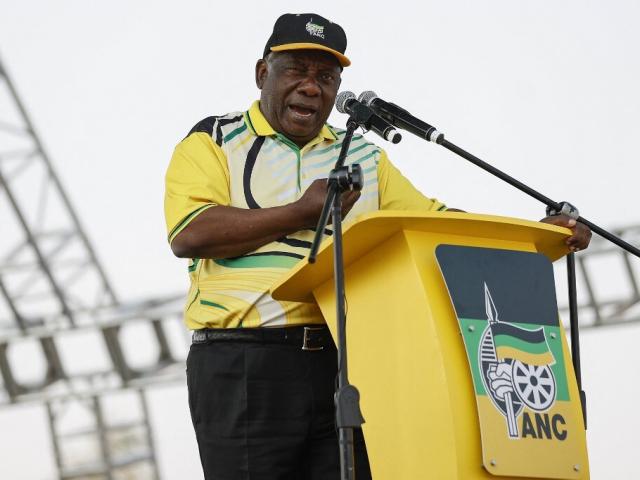
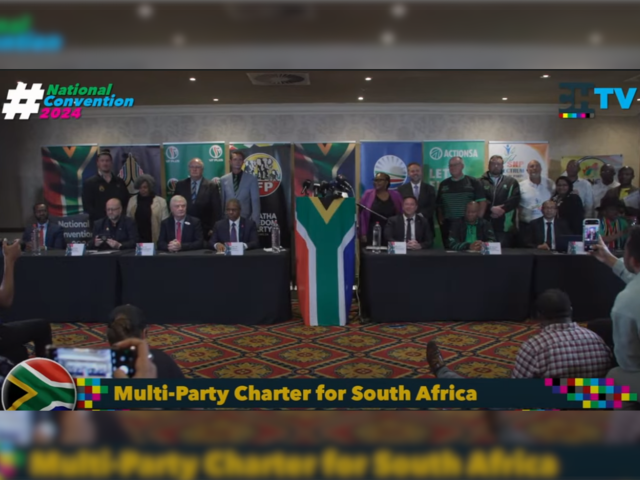
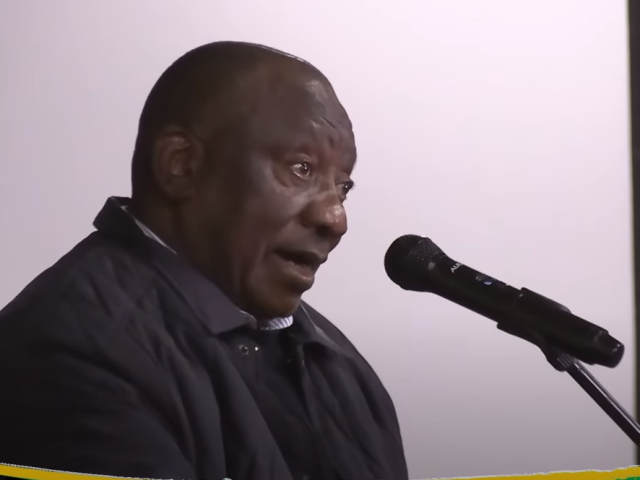
Add new comment